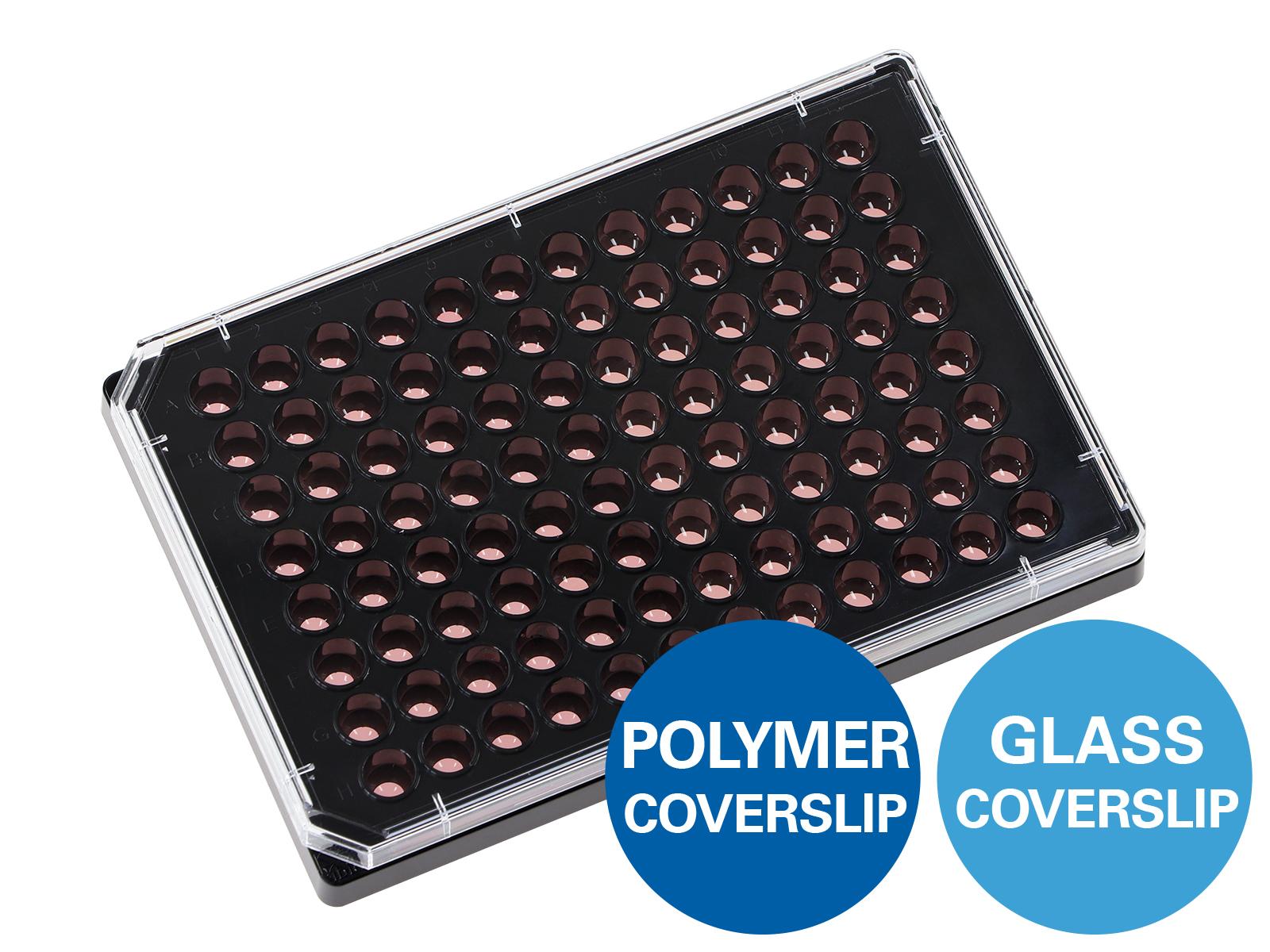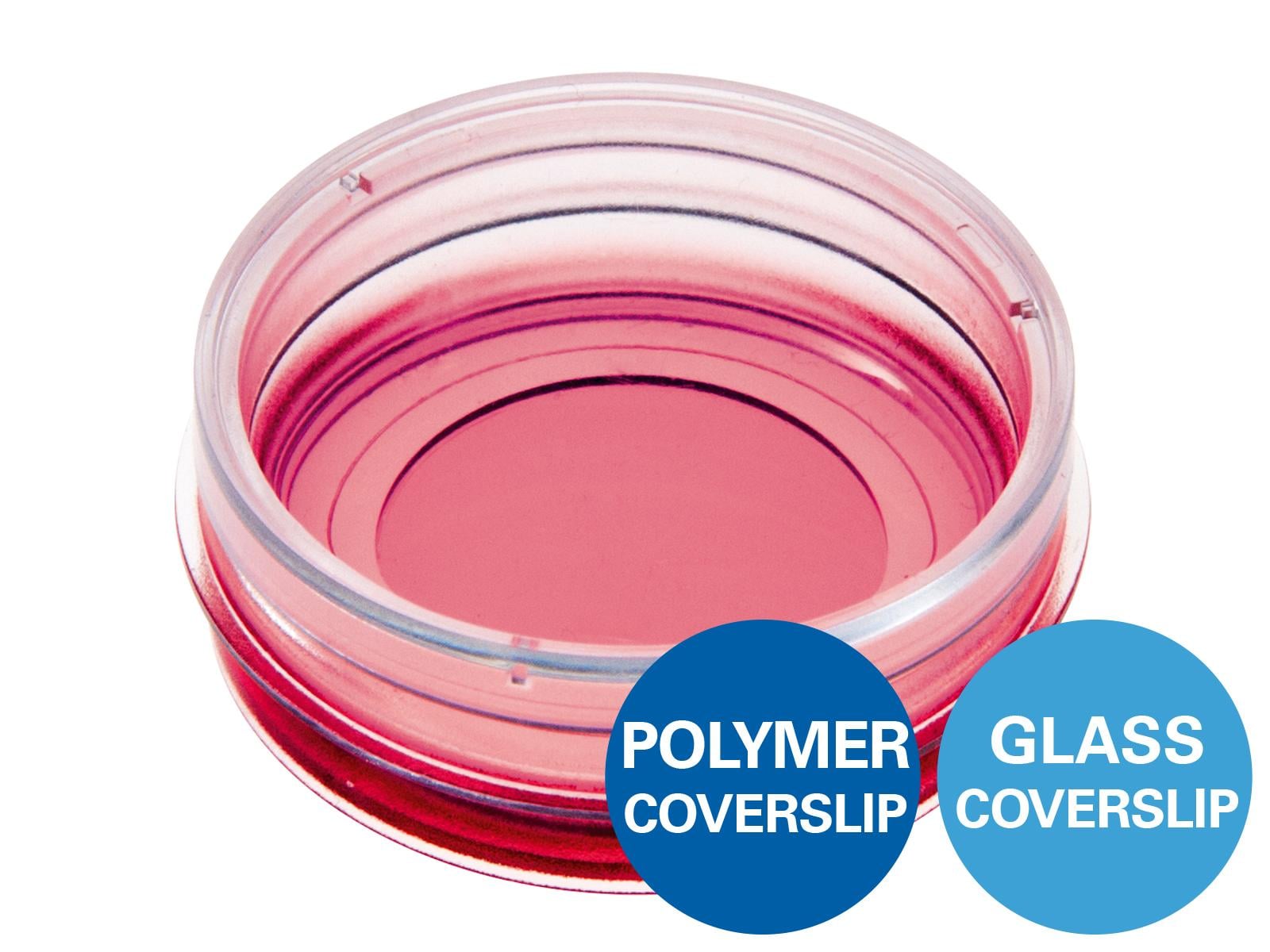From Idea to Application: Three Top Young Scientists Win the ibidi-Sponsored Nano Innovation Award 2025
The LMU Center for NanoScience and four CeNS spin-off companies, including ibidi, jointly award innovative doctoral theses on nanotechnology.
Three outstanding young researchers from Munich have been presented with this year’s Nano Innovation Award by the LMU Center for NanoScience (CeNS) and four spin-off companies, including ibidi. The €9,000 prize recognizes groundbreaking PhD research in nanoscience—with strong application potential—that demonstrates exceptional innovation and real-world relevance. A jury of experts from academia and industry selected the winners from applications submitted across Bavaria.
While most scientific awards honor outstanding results in fundamental research, the Nano Innovation Award stands out for its focus on innovation and practical application potential. In collaboration with CeNS, the companies attocube systems, ibidi, Nanion Technologies, and NanoTemper Technologies, annually present this award to talented and creative young scientists, whose results are not only of interest for fundamental research, but also promise technological applications with functional significance.

The winners of the Nano Innovation Award 2025.
From left to right: Dr. Gabriel Moya, Dr. Eduard Unterauer, Dr. Christoph Gruber
First prize was awarded to Dr. Eduard Unterauer (Ludwig-Maximilians-University Munich (LMU) / Max Planck Institute of Biochemistry, Martinsried) for his development of SUM-PAINT, a novel, super-resolution microscopy technology that enables spatial proteomics at the single-protein level. By combining DNA barcoding and toehold-mediated strand displacement, SUM-PAINT allows for highly multiplexed imaging with unprecedented resolution. The method is already being applied in studies of Parkinson’s and Huntington’s disease, and is being commercialized through the start-up company, Massive Photonics, to make it widely available in neuroscience.
Second prize went to Christoph Gruber (LMU Munich), who developed an innovative optical method for the quality control of quantum dots. His approach combines interferometric scattering and photoluminescence microscopy to determine key parameters—such as quantum yield, size, and emission—on a single-particle level and in high throughput. This technology is the basis of the spin-off company iNSyT Technologies, which has secured over €1.2 million in EXIST funding to bring advanced microscopy tools to the field of Materials Science.
Third prize was awarded to Gabriel G. Moya Muñoz (LMU / Technical University Dortmund), whose PhD research led to the creation of Brick-MIC, a fully 3D-printed, modular microscopy platform that makes advanced single-molecule techniques—such as smFRET, FLIM, and TCSPC—accessible beyond specialized labs. Brick-MIC has been featured in Nature Research Highlights, and is the foundation for a recently established start-up that aims to broaden the use of single-molecule detection in diagnostics, drug discovery, and beyond.
“This year’s submissions once again demonstrated the remarkable level of application-oriented research being conducted in the nanosciences,” said Dr. Susanne Hennig, managing director of the Center for NanoScience. “The award-winning projects stand out for their creativity, technological relevance, and entrepreneurial potential.”




